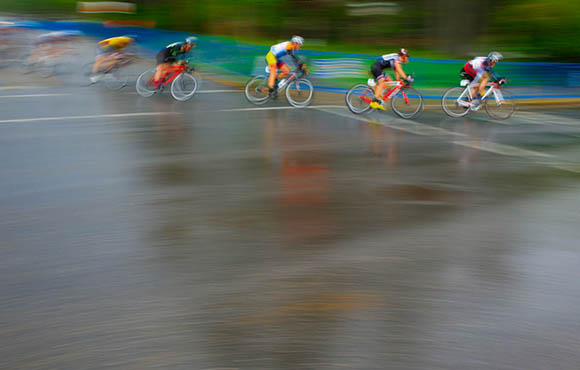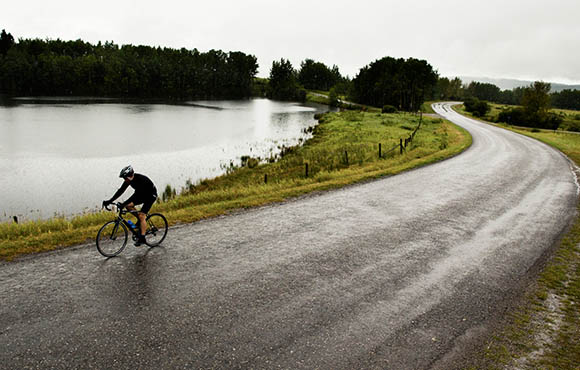Pace
1 of 9
Not all cycling groups ride at the same pace—some may average 14 mph while others push 19 or 20 mph. Choose a group depending on your current ability level.
Pro Tip: If you're looking to get faster, join a group that's just outside your ability level. The first few rides may be rough, but your fitness will improve faster than you realize.
Find:
Your Next RideAge
2 of 9
Looking to connect with people your age? Many areas have groups that are made up of older cyclists simply riding to stay in shape. If you're a young gun and are drawn to competition and speed, many shops (or local cycling brands) have development teams you can try out for.
Find:
Your Next RideDrop vs. No Drop
3 of 9
This concept is especially crucial for cyclists who are trying a new route for the first time. No-drop groups have regroup points along the route so slower riders can catch back up. If you're unfamiliar with an area, this is a good option.
Faster, more competitive groups usually shed riders throughout the ride and do not wait for them to catch back up. You should know your way back home if you go this route.
Find:
Your Next RideScheduling
4 of 9
Naturally it's tough to join a group if you're always having scheduling conflicts. For the most part, local groups host rides on Tuesday and Thursday nights (during the summer months), with a hard ride on Saturday morning and an easier recovery spin on Sunday morning. Of course every group is different, but you don't have to attend them all. Taking advantage of multiple groups is completely acceptable as well.
Find:
Your Next RideWorkshops
5 of 9
Are you new to cycling and want to hone your skills? Many shops offer basic classes on how to descend, ride in a group and clip in, as well as how to do basic bike maintenance. Check the calendar and make sure to RSVP beforehand.
Find:
Your Next RideSocial Events
6 of 9
Cyclists do more than ride bikes. We're also connoisseurs of potlucks, brewery tours or pretty much any other food-centric activity. Some groups offer socials gatherings at different restaurants once a month so you can connect and meet people behind the helmets and sunglasses.
Find:
Your Next RidePrice
7 of 9
While most shop group rides are free to the public, some private groups require a yearly membership. This fee usually includes discounts from sponsors, free swag, entries to local races and the ability to purchase its kit at a discount. The membership fee is generally pretty low, but it may be the motivation you need to keep riding.
Find:
Your Next RideTeams
8 of 9
Local teams are different than local groups. They're competitive (and fast), meaning they train together with specific races in mind. They usually have a "coach" of sorts who provides weekly workout plans and nutrition tips. Teams generally aren't open to the public, so depending on the team, you may have to try out.








Discuss This Article